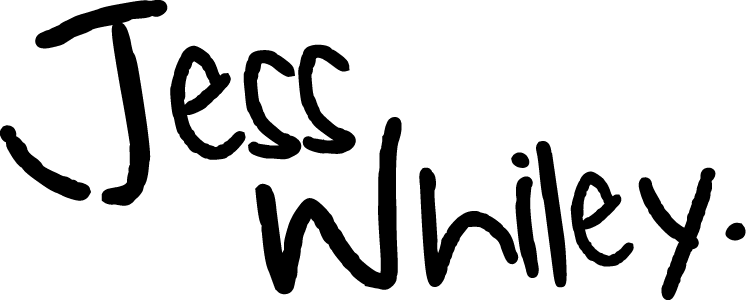CalFlow
Development of an AI Nutrition & Fitness Tracking App with Smart Logging
CalFlow Case Study
Project Overview:
Development of an AI-powered health and nutrition tracking application designed to streamline calorie management through intelligent estimation, cumulative deficit tracking, and personalized insights. Built to address the inefficiencies of existing fitness apps by combining natural language input with precise goal-oriented tracking.
My Role
Lead UX/UI Designer and Full-Stack Developer, responsible for user research, design system creation, prototyping, front-end and back-end development, and user testing.
Problem Statement
Existing calorie tracking apps require tedious manual entry and fail to provide users with a clear understanding of their progress toward long-term goals. Most solutions lack intelligent estimation tools, forcing users to search databases or scan barcodes for every meal. Additionally, these apps don’t account for cumulative deficit tracking—the total calorie deficit needed to reach a goal weight—leaving users without a concrete sense of progress. The challenge was to create an efficient, AI-powered tracking system that eliminates friction, provides actionable insights, and gives users a transparent view of their journey from start to finish.
The Process
1. Market Research & Personal Insight Conducted extensive competitor analysis across leading fitness tracking applications to identify common pain points and feature gaps. The concept originated from personal experience tracking calories using AI in notes—a process that proved unsustainable without proper structure and visualization. This firsthand frustration informed the core features and user experience priorities.
2. User Research Identified the target demographic: health-conscious individuals seeking precise, efficient tracking without the complexity of traditional calorie-counting apps. Conducted usability testing with friends and early users, gathering feedback that shaped the interface and workflow.
3. Design System Development Created a cohesive design system from the ground up, prioritizing clean, minimal aesthetics while maintaining visual interest and personality. Developed a custom component library ensuring consistency across iOS and Android platforms, with careful attention to typography, color schemes, spacing, and interactive elements.
4. Feature Architecture Designed a comprehensive tracking system built around three core pillars:
– Personalized Profile Setup: Captures age, weight, height, gender, and body fat percentage to calculate Basal Metabolic Rate (BMR) and establish personalized calorie targets. Supports optional DEXA scan or smart scale integration for enhanced accuracy.
– Cumulative Deficit Tracking: Calculates the total calorie deficit required to reach goal weight and breaks it into daily targets. Each day’s deficit contributes to a cumulative total, providing transparent progress visualization (e.g., 510/38,500 calories toward losing 5kg).
– AI-Powered Estimation: Enables natural language meal logging where users simply describe what they ate, and the AI estimates calorie content. Exercise calories are calculated using personalized body metrics, adjusting Total Daily Energy Expenditure (TDEE) for accurate deficit tracking.
5. Development Built using React Native to ensure cross-platform compatibility across iOS and Android. Implemented a structured daily logging system with sections for water consumption, meals, exercise, and personal notes. Developed a saved meals library allowing users to quickly log frequently eaten items without repetitive input.
6. AI Integration Integrated an AI assistant that provides daily and weekly check-ins, offering personalized feedback, motivation, and habit recommendations.
7. User Testing & Iteration Conducted ongoing usability testing throughout development, refining the interface based on real-world usage patterns and user feedback. Participants consistently praised the app’s intuitive workflow and the clarity provided by cumulative deficit tracking.
Key Features
Smart Logging Interface A streamlined daily template that can be filled in throughout the day and submitted when complete, including water intake, meals with AI estimation, exercise tracking with personalized calorie burn calculations, and reflective notes.
Goal-Oriented Progress Tracking Visual representation of cumulative calorie deficit toward goal weight, breaking long-term objectives into manageable daily targets with clear progress indicators.
Saved Meals Library Quick-access repository of frequently eaten meals, eliminating redundant logging and accelerating the tracking process.
AI Health Assistant AI Assistant that provides daily check-ins, weekly performance summaries, personalized tips, and motivational support tailored to individual progress and habits.
Weight Trend Analysis 7-day moving average weight tracking that compares current progress against goal trajectories, accounting for natural fluctuations and providing realistic timeline adjustments.
Results
The application successfully addresses the core inefficiencies of traditional calorie tracking by combining AI-powered estimation with transparent goal visualization. User testing revealed strong positive feedback, with participants describing the app as intuitive, efficient, and genuinely innovative. The cumulative deficit tracking feature proved particularly impactful, giving users unprecedented clarity about their progress and timeline to goal achievement.
The clean, minimal design system maintains user engagement without overwhelming the interface, while the saved meals library and AI estimation drastically reduce the time investment required for daily logging. By transforming a personal workflow into a fully-realized application, the project demonstrates how real-world frustrations can drive meaningful product innovation.
The app stands as a comprehensive portfolio piece showcasing end-to-end product development—from identifying market gaps through research, to designing intuitive user experiences, to implementing complex technical features across mobile platforms.
